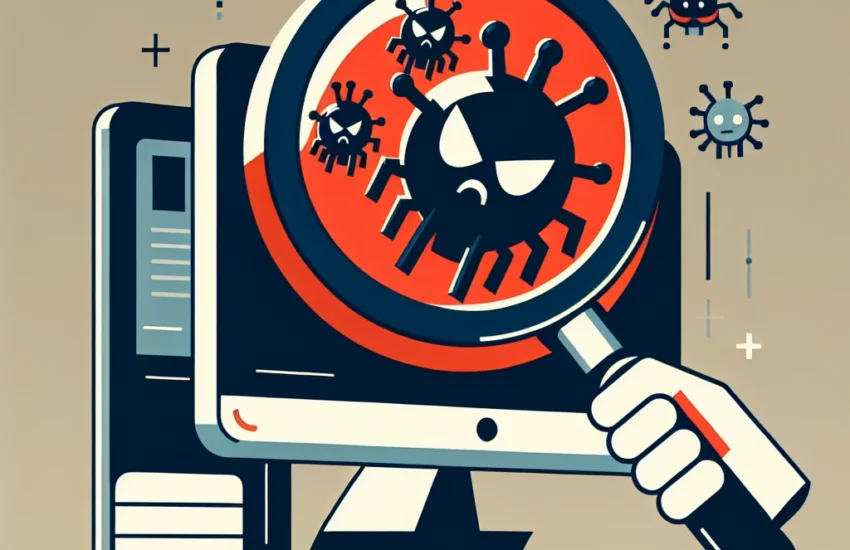In the digital age, keeping your computer free from viruses and malware is crucial. Viruses can not only slow down your system but also steal sensitive data. Regularly scanning your computer for viruses is a fundamental step in maintaining its health. This comprehensive guide will walk you through the process of scanning your computer for viruses and ensuring it stays protected.
Why Scanning Your Computer is Important
Scanning your computer for viruses ensures that malicious software does not compromise your data or system performance. Below are some key reasons why regular scans are essential:
- Protection of Personal Data: Viruses can steal your sensitive information, such as login credentials, bank details, and other personal data.
- Improved Performance: Malware can slow down your computer, leading to decreased productivity.
- Prevent Unauthorized Access: Certain types of malware, such as trojans, can provide unauthorized access to hackers.
- Maintain System Health: Regular scans help in identifying and removing threats that can damage your operating system files.
Step-by-Step Guide to Scan Your Computer for Viruses
1. Choose a Reliable Antivirus Software
The first step in scanning your computer is selecting a reliable antivirus program. There are multiple options available, including free and paid versions. Here’s a comparison of some popular antivirus programs:
| Antivirus Software | Free Version | Paid Version | Key Features |
|---|---|---|---|
| Avast | Yes | Yes | Real-time protection, Wi-Fi security scan, malware removal |
| Malwarebytes | Yes | Yes | Advanced malware protection, ransomware protection |
| Norton | No | Yes | Comprehensive security, identity theft protection, secure VPN |
| Bitdefender | Yes | Yes | Multi-layer ransomware protection, zero impact on speed |
2. Install and Update Your Antivirus Software
Once you have selected an antivirus program, install it on your computer. Ensure that the software is up to date as updates contain the latest virus definitions necessary for detecting new threats.
3. Perform a Full System Scan
Navigate to the antivirus software dashboard and select the option to perform a full system scan. This will thoroughly check all files and folders on your computer. A complete scan may take several hours, so it’s best to run it during a time when you won’t need to use your computer.
4. Review and Remove Identified Threats
Once the scan is complete, the antivirus software will provide a report of detected threats. Review the report and proceed to remove or quarantine the malicious files. Most antivirus programs offer an option to delete, quarantine, or ignore each identified threat. It’s advisable to quarantine the threats first, then delete them after confirming they are indeed harmful.
5. Schedule Regular Scans
To maintain ongoing protection, configure your antivirus software to run scans regularly. Weekly scans are often sufficient, but you can adjust the frequency based on your usage habits and security needs.
6. Enable Real-Time Protection
In addition to scheduled scans, enabling real-time protection will help your antivirus software to detect and block threats as they occur. This feature monitors your computer constantly and provides immediate alerts to potential risks.
Tips for Enhancing Computer Security
- Keep Your Operating System Updated: Regular OS updates can fix security vulnerabilities and improve overall performance.
- Use a Firewall: Ensure that your firewall is activated to block unauthorized access.
- Be Cautious with Downloads: Download files only from trusted sources to avoid malware.
- Regularly Back Up Your Data: Keep backups of important files to prevent data loss in case of a virus attack.
- Educate Yourself: Stay informed about the latest security threats and common phishing techniques.
Conclusion
Scanning your computer for viruses is an essential step in maintaining its security and performance. By selecting reliable antivirus software, performing regular scans, and following best practices for computer safety, you can protect your device from malicious threats. Taking these preventive measures will ensure your personal data remains secure and your computer operates smoothly.

